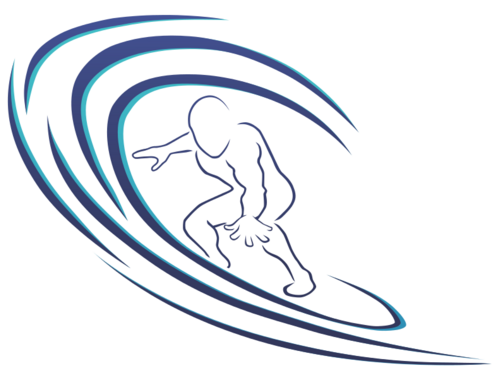What is cervical radiculopathy?
Cervical radiculopathy is a medical term that describes radiculopathy, or a problem with a spinal nerve, in the neck. There are 83 new cases of cervical radiculopathy diagnosed every year per 100,000 people (1).
Radiculopathy, or nerve damage, usually happens because of the progressive development of arthritis in the neck over time. As this arthritis develops, small disc herniations can occur along with bony overgrowth.
These changes can lead to narrowing of the spaces in the spine that the spinal nerves exit through, leading to compression of the spinal nerve roots.
Who gets cervical radiculopathy?
People in their 40’s and 50’s are the most likely to be diagnosed with cervical radiculopathy (1). In addition to this, people who smoke are more likely to develop cervical radiculopathy. While there are no specific jobs or activities which have been directly linked with the development of cervical radiculopathy, many researchers suspect that lifting heavy weights (especially with the upper back or neck) as well as some sports such as wrestling or golf may be associated with the future development of cervical radiculopathy (2,3).
What are the symptoms of cervical radiculopathy?
In contrast to neck pain, which is usually located in the middle of the neck and has a ‘crampy’ or ‘achy’ quality, cervical radiculopathy is usually a ‘sharp’ or ‘electric’ pain that radiates from the neck down one or both arms. In addition, there may be associated symptoms such as:
- Numbness in the arm or hand
- Weakness of any part of the arm or hand
- Tingling or a feeling like a part of the arm or hand ‘fell asleep’
The exact location of the symptoms depends on which spinal nerve is affected. Typically, only one side or arm is affected by radiculopathy, however, it is not uncommon for both sides to be affected.
How is cervical radiculopathy treated?
The most important first step in the treatment of cervical radiculopathy is a careful examination by a healthcare provider. When cervical radiculopathy is severe and is causing weakness or numbness in addition to significant pain, surgery may be necessary to relieve the nerve compression.
Fortunately, surgery is not needed for the majority of patients who develop cervical radiculopathy. In some patients, the pain improves spontaneously without any intervention, usually within 4 to 6 months (1). In other patients, different, non-surgical treatments may be needed.
Oral pain medications are usually started to treat the symptoms of cervical radiculopathy when they appear. Other medications may be used to treat nerve pain and may help reduce the pain from cervical radiculopathy.
In addition to medication, heating pads or ice packs may be used to help relieve pain, depending on patient preference. Other, non-surgical therapies such as the McKenzie Method, laser therapy, massage, acupuncture have both been studied and found to be effective in the treatment of cervical radiculopathy (4,5).
Ultimately, every patient is different, and a treatment that is highly effective for one patient may have little effect on another patient. Because of this, one form of treatment is not viewed as superior or more effective than others. Rather, the emphasis is placed on finding the right combination of therapies to address a given patient’s symptoms as well as treat the root cause.
How can I prevent cervical radiculopathy?
Because cervical radiculopathy often occurs due to a combination of multiple factors, no one intervention is completely effective in preventing it. One concrete step that you can take is to quit smoking if you do smoke. Quitting smoking will lower your risk for the development of cervical radiculopathy as well as several other chronic medical conditions.
In addition to this, not resting weight on your neck and reducing the weight of things carried on one shoulder (such as a purse or backpack) can be an effective way to reduce the stress placed on your neck.
Overall, paying attention to how you lift heavy objects and use your spine is key. The most important thing to consider when it comes to spine health and preventing cervical radiculopathy is that it is not how much is lifted, but how weight is lifted.
Schedule a consultation with one of our healthcare providers.
If you think you might be experiencing cervical radiculopathy, give our office a call to set up your initial visit.
